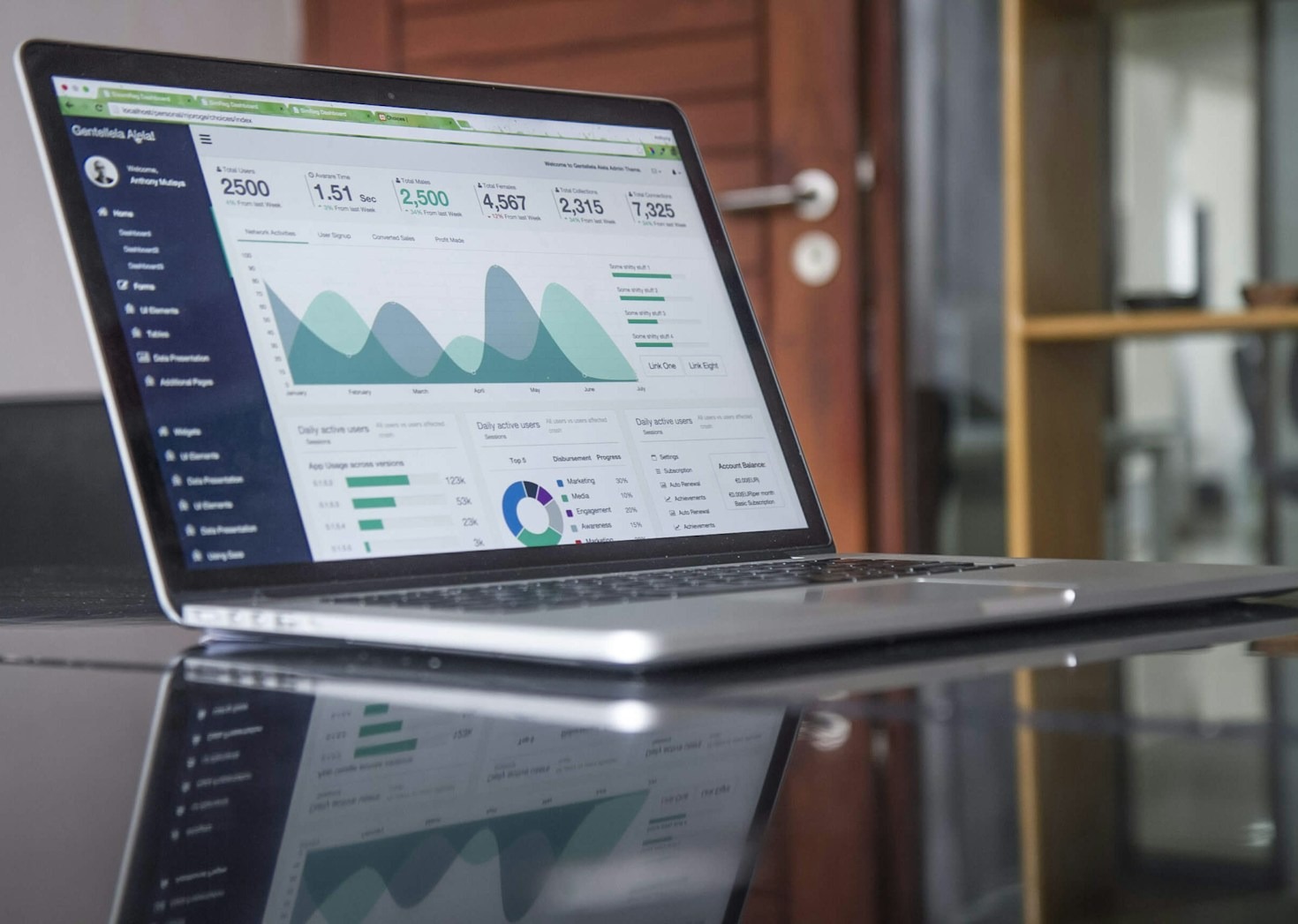1. Explorations (aka Analysis Hub)
- Create custom reports using techniques like funnel exploration, segment overlap, and path analysis.
- Great for deep-dives: e.g., “Where do users drop off after viewing a pricing page?”
- You can build ad-hoc reports that can’t be built in standard GA4 UI.
Try: Funnel Exploration to track soft conversions like scrolls, video plays, or downloads.
2. Custom Dimensions & Metrics
Essential for contextual, business-specific data — yet rarely set up correctly. (and every and I mean EVERY analytics pro has forgotten these)
- Track things like content type, user role, product category, etc.
- Most websites only use built-in dimensions (like
page_title), missing deeper insights.
Try: Add a page_type custom dimension (e.g., blog, product, landing) and break down bounce rate or conversion by type.


3. User Explorer
- Inspect individual user journeys across sessions.
- Especially useful when paired with user IDs (for logged-in experiences).
Use it to: Diagnose weird issues (e.g., returning users failing to convert repeatedly).
4. Event Parameters (Beyond Event Names)
- Each event can pass up to 25 custom parameters (e.g.,
button_color,form_id,product_variant). - These often go unused, limiting your ability to break down events meaningfully.
Try: Track cta_location with button clicks (header vs footer vs popup).
5. Segments in Explorations
- Segments let you compare audience behavior side-by-side (e.g., Mobile vs Desktop, Engaged vs Bounced).
- More powerful than filters: supports time constraints, sequences, etc.
Try: Compare “users who viewed pricing but didn’t convert” vs “users who did.”
6. Predictive Metrics (if eligible)
- Metrics like purchase probability, churn probability, and predicted revenue.
- Available only if your site meets data volume thresholds (usually eCommerce).
Use them for: Building remarketing audiences in Google Ads.
7. Path Exploration (Enhanced Pathing)
See where users came from and where they went next — including loops and drop-offs.
- Better than legacy “Behavior Flow” in Universal Analytics.
- You can start from any event, not just landing pages.
Use it to: Discover weird navigation loops or ineffective CTAs.
8. User Lifetime Metrics
GA4 tracks lifetime value-style data for known users.
- See cumulative metrics: total sessions, revenue, engagement time.
- Helps identify long-term engagement patterns.
Use case: Which channels bring in users with the highest lifetime revenue?
9. DebugView
Developers love this, but marketers often ignore it.
- Real-time event validation — shows you what’s firing, when, and with which parameters.
- Essential when setting up Tag Manager or new custom events.
Use it when: QA-ing a new form, button, or funnel step before it goes live.
10. BigQuery Export
Only power users use this — but it’s a goldmine.
- Free for all GA4 properties (unlike UA which had limits).
- Gives you raw event-level data, ideal for custom analysis, AI models, and deep attribution.
Use it for: Stitching GA4 data with CRM, SQL dashboards, or ad spend for ROI.
Bonus: Underused Metrics
Form start vs form submit – Reveals drop-offs in micro-conversions.
Engaged sessions – Better than bounce rate.
Engagement time – Real measure of attention.
Scroll event – Often missing in analysis but valuable for understanding content consumption.


Leave a Reply